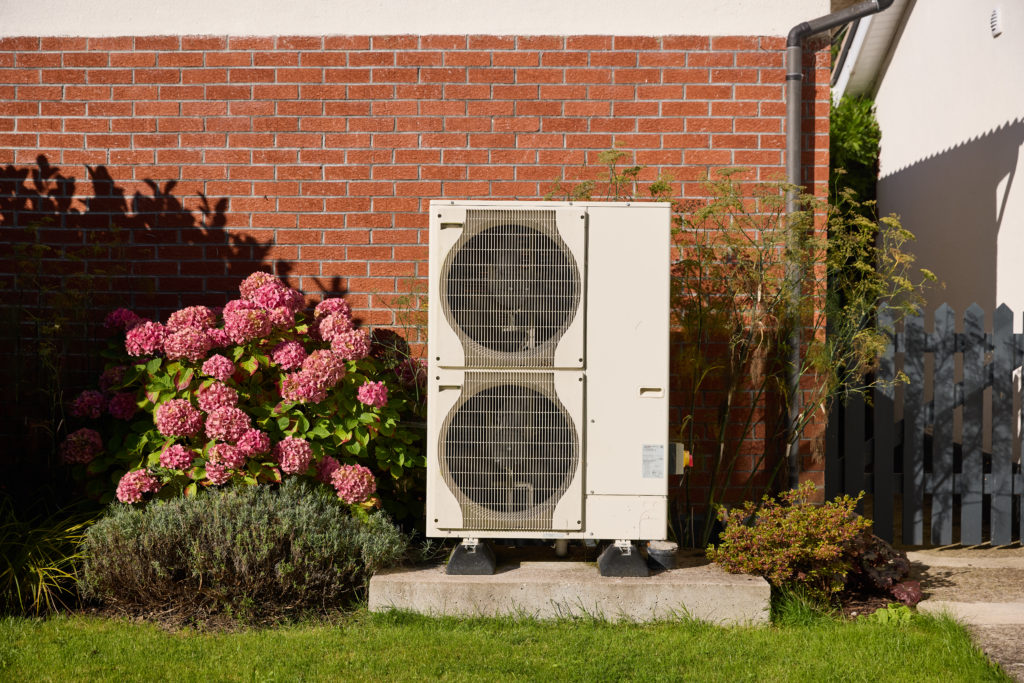
Kitchen knives come in all shapes and sizes. But which knives are made for what purpose and which are essential to have in your kitchen? House and Home gets to the cutting edge of kitchen knives...
It's easy to be put off from picking the right kitchen knife set as there is a bewildering range of knives to choose from, with prices ranging from affordable to very expensive. The secret is to choose the best quality knives that you can afford that match your priorities; good kitchen knives make the difference between cooking as a tedious, domestic task and cooking as a pleasure. And remember: it's better to buy knives individually rather than as a complete set.
Buying a knife: The most expensive knives are forged from stain-resistant, high-carbon steel. They require regular honing, but the upside is you'll always get a razor-sharp edge.
Cheaper kitchen knives are stamped from a single sheet of steel, creating a relatively thin, light blade. Generally speaking, the heavier the knife, the better the quality, though you may find a lighter knife easier to work with.
Choosing a sharp edge: All knife blades are made of steel and fall into three categories: fine-edged blades that require sharpening; fine-edged blades that don't require sharpening; and serrated blades, with teeth along all or part of the blade. The latter is particularly good for cutting and has an almost saw-like action.
The Right Knives: There are many different kitchen knives available on the market for all manner of tasks, from cutting to slicing, dicing, chopping and carving. The following six however will suffice all your cooking requirements.
- Chef's Knife: The most versatile and single most essential knife in the kitchen, with a wide blade for extra heft. It's perfect for chopping, dicing and slicing. The curved blade also allows rocking back and forth for mincing. An eight-inch blade is more than suitable, although this knife is available with a 12-inch blade for more arduous tasks.
- Paring Knife: This handy knife is great for peeling, coring, paring, and slicing. It has a thin blade with a sharp point to remove pips and potato eyes. Typical blade length is three to four inches.
- Bread Knife:This knife has a long serrated edge, which is essential for cutting even slices of bread. The blade should be 20cm to 25cm long.
- Chinese Cook's Knife: This knife's sharp edge is thin enough and sharp enough to cut and mince food and strong enough to handle light cleaving jobs. The side of the blade can be used to smash garlic and the top edge can be used to tenderise meat.
- Carving Knife: 20cm to 25cm in length, it's perfect for carving up beef, poultry and pork. Carvers typically have points to reach into tight places, but roast beef carvers have blunt ends.
- Filleting Knife: Filleting knives are usually 15cm to 22cm long and are especially useful when following the bones of a fish.
Caring for your knife: When using your knife you need to make sure that it lands on a relatively soft surface as constant striking on a hard surface will dull the blade and result in poor performance.
Knives should always be washed by hand and dried immediately. Avoid washing your knife set in the dishwasher since dishwasher detergent can pit the blades. Regular maintenance of your kitchen knives ensures good performance, so it's important to sharpen the blades on a periodic basis using a manual or electric sharpener.







